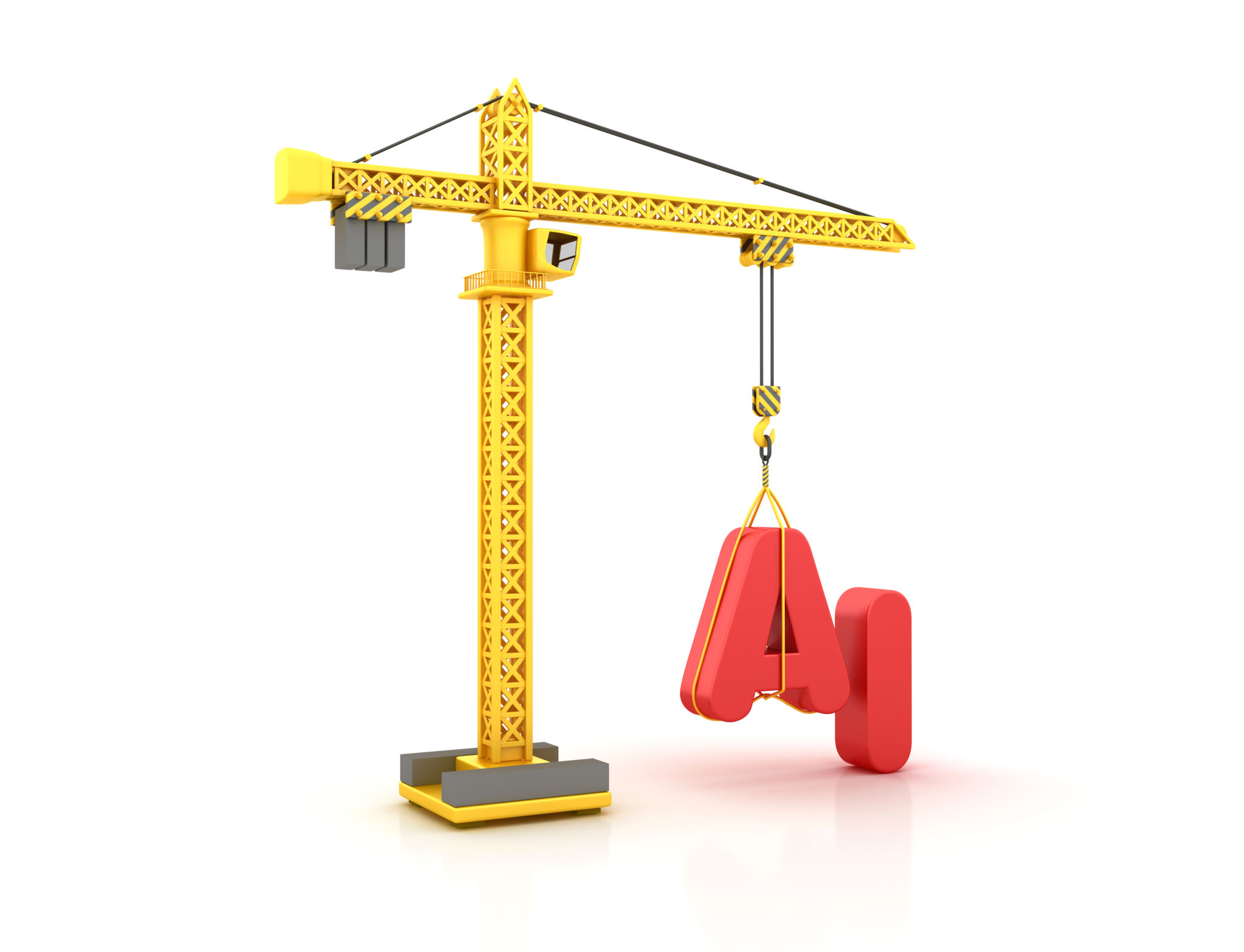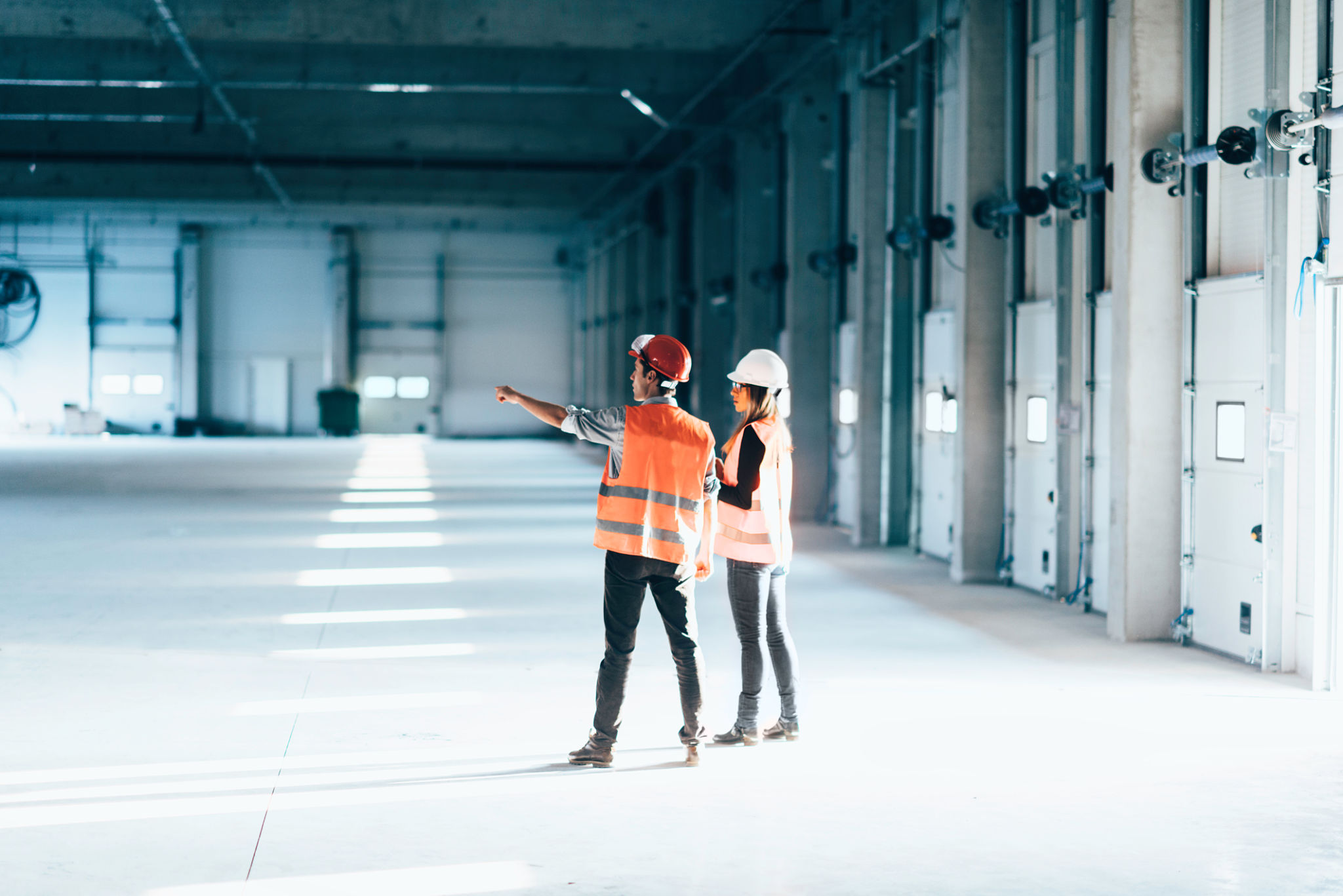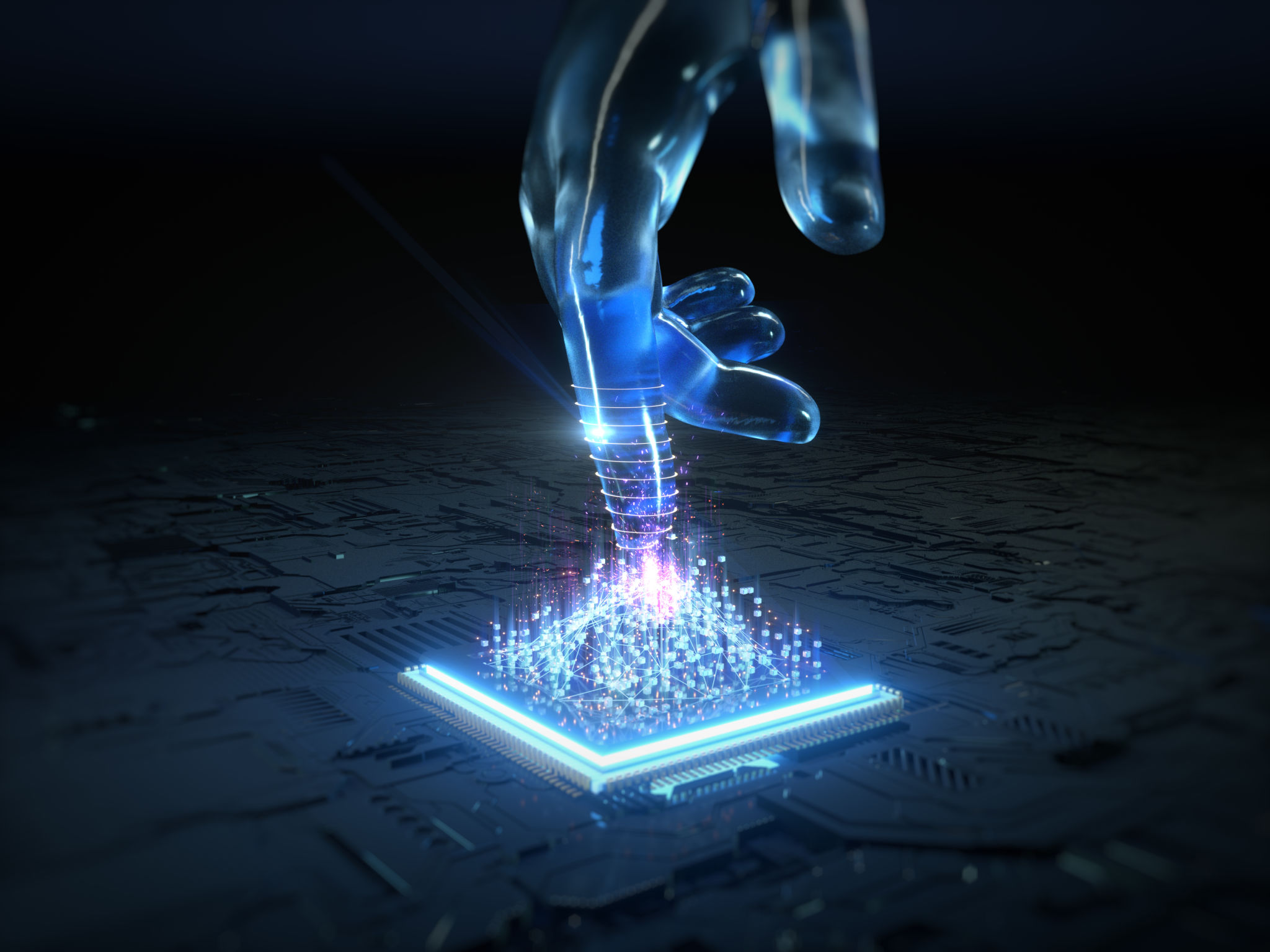How AI is Enhancing BIM: A Deep Dive into Cutting-edge Technologies for AECO
Introduction to AI in BIM
Building Information Modeling (BIM) has revolutionized the Architecture, Engineering, Construction, and Operations (AECO) industry by providing a digital representation of a building's physical and functional characteristics. Now, with the integration of Artificial Intelligence (AI), BIM is taking a quantum leap forward. AI enhances BIM's capabilities, offering innovative solutions to complex challenges in the AECO sector.

AI-Driven Design Optimization
AI algorithms are transforming the design phase by enabling architects and engineers to optimize building designs automatically. These algorithms can analyze vast amounts of data to propose design alternatives that meet specific criteria such as energy efficiency, cost-effectiveness, and sustainability. This leads to more informed decision-making and helps in creating designs that are both innovative and practical.
By utilizing AI, professionals can simulate various design scenarios rapidly, helping to identify potential issues early in the process. This proactive approach reduces the risk of costly changes later in the project lifecycle and ensures that the final design aligns with the project's goals.
Enhanced Collaboration and Communication
AI tools are streamlining communication and collaboration among stakeholders in the AECO industry. These tools integrate seamlessly with BIM platforms, facilitating real-time data sharing and collaboration across different teams and locations. As a result, project managers can coordinate more efficiently, ensuring that everyone involved has access to the latest information.

Moreover, AI-powered chatbots and virtual assistants can manage routine inquiries and information dissemination, freeing up human resources for more critical tasks. This enhances productivity and reduces the likelihood of miscommunication throughout the project.
Predictive Maintenance and Operations
AI is also playing a crucial role in the operations phase of building management. By analyzing data from sensors and IoT devices integrated into a building’s infrastructure, AI can predict maintenance needs before they become critical issues. This predictive maintenance approach not only minimizes downtime but also extends the lifespan of building assets.
Building operators can leverage AI to monitor energy consumption patterns and optimize resource usage, leading to significant cost savings and a reduced environmental footprint. In this way, AI contributes to more efficient and sustainable building operations.

AI for Safety and Risk Management
Safety is a paramount concern in construction sites, and AI is enhancing risk management practices through advanced monitoring systems. AI-powered cameras and sensors can detect potential hazards on-site, alerting workers and supervisors in real-time to prevent accidents.
Moreover, AI algorithms can analyze historical data to identify trends and predict potential risks before they occur. This proactive approach enables project managers to implement preventive measures, ensuring a safer working environment for all involved.
The Future of AI in BIM
The integration of AI into BIM is still in its nascent stages, but it holds incredible potential for the future. As AI technologies continue to evolve, we can expect even more sophisticated tools that will enhance every aspect of the AECO industry. From automated design generation to intelligent project management systems, AI will continue to drive innovation and efficiency.

BIM professionals who embrace these cutting-edge technologies will find themselves at the forefront of industry advancements, ready to tackle challenges with unprecedented precision and insight. The synergy between AI and BIM is set to redefine what's possible in the built environment.
